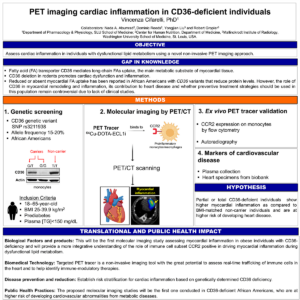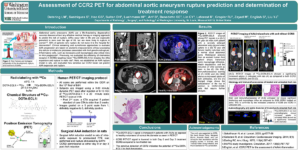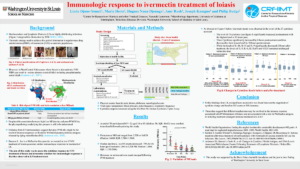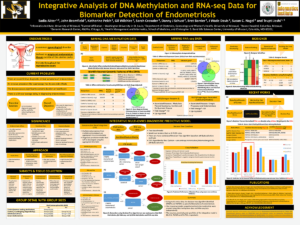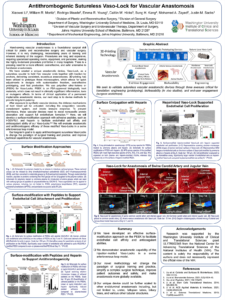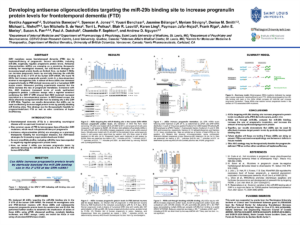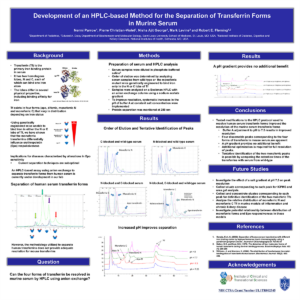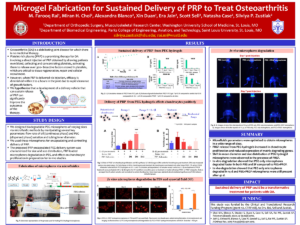Introduction: Rheumatoid arthritis (RA) is an autoimmune joint-debilitating disease caused by genetic and environmental factors and affects more than 1 million Americans today. Studies have characterized several mechanisms for RA onset, identifying cytokines like IL-1, IL-2, and IL-6, as well as different receptors, as important in guiding the degrading cellular interactions in the articular microenvironment. […]
1. Characterizing the Genetic Factors Driving Rheumatoid Arthritis Inflammatory Interactions Using an SF-Chondrocyte Co-Culture Model

